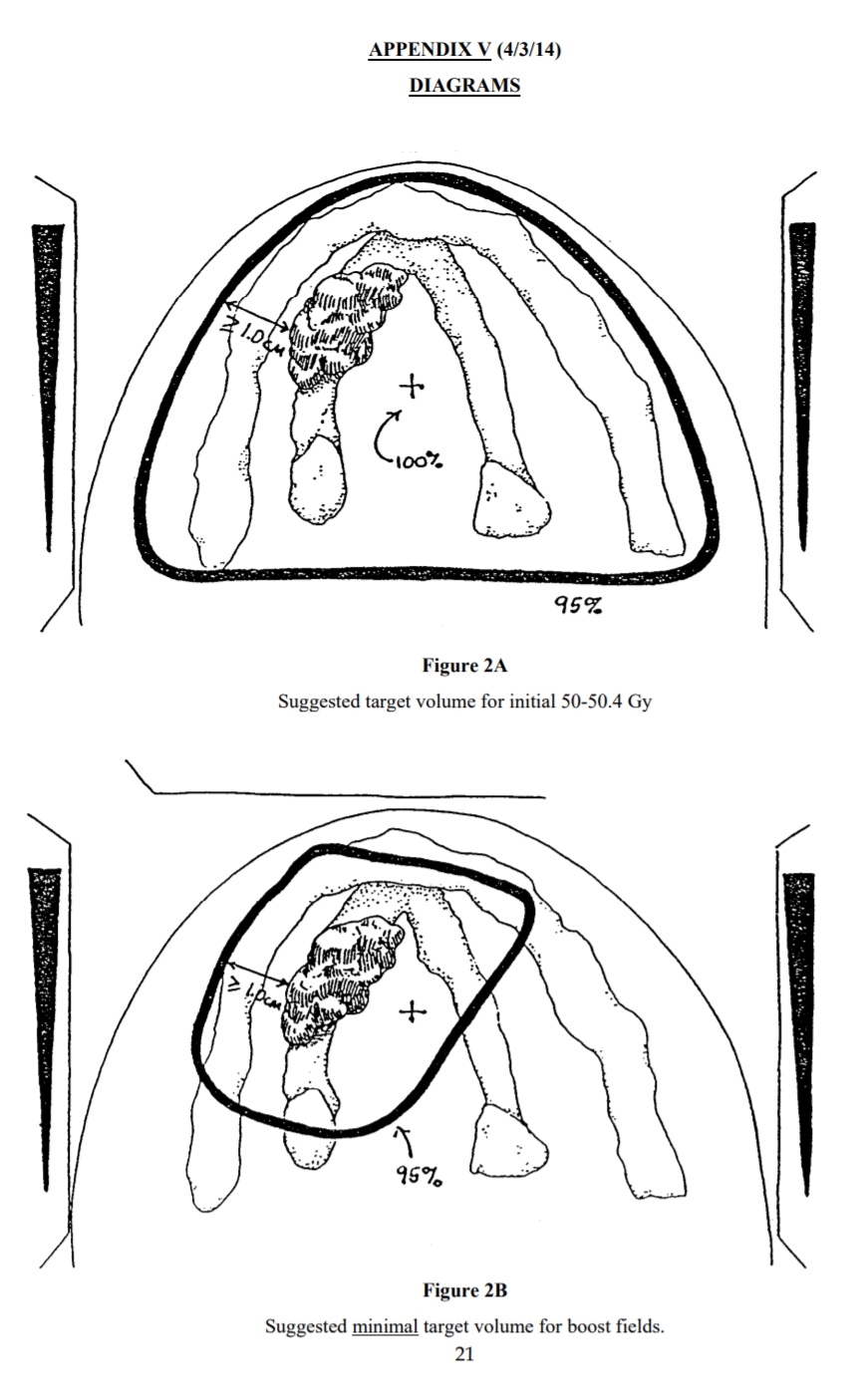- Joined
- Jul 6, 2004
- Messages
- 1,977
- Reaction score
- 563
I got a guy that presented 2 years ago with metastatic thyroid cancer; they did a hemithyroidectomy at presentation to get more definitive diagnosis. Turned out to be hurthle cell ca. They did adjuvant RAI after this although the tumor wasn't hot for iodine uptake. There are 4 mets in the lungs that is it, they are about 1-2 cm and one is 2-3 cm. The primary grew back in the neck and is about 3-4 cm and up against the esophagus and not far from the right Bplexus. They could give systemics, not a good candidate for RAI again apparently, surgeons hesitating to operate fairly sure they wont get clean margins. Systemic Tx was offered but he declined and has never had TKI's.
Felt it would be reasonable to offer palliative RT here esp as his dysphagia is increasing. Pt is old, 73 yo has other comorbidities but ECOG 1. Was going to cover the primary + margin (which is essentially the Level III-IV right neck, wanted to get a sense from you guys what dose you would consider and suggestions on the field. I suspect this guy could live a long time w these thyroid mets? No enlarged nodes seen in bilat necks. Thanks
Felt it would be reasonable to offer palliative RT here esp as his dysphagia is increasing. Pt is old, 73 yo has other comorbidities but ECOG 1. Was going to cover the primary + margin (which is essentially the Level III-IV right neck, wanted to get a sense from you guys what dose you would consider and suggestions on the field. I suspect this guy could live a long time w these thyroid mets? No enlarged nodes seen in bilat necks. Thanks
Last edited:

